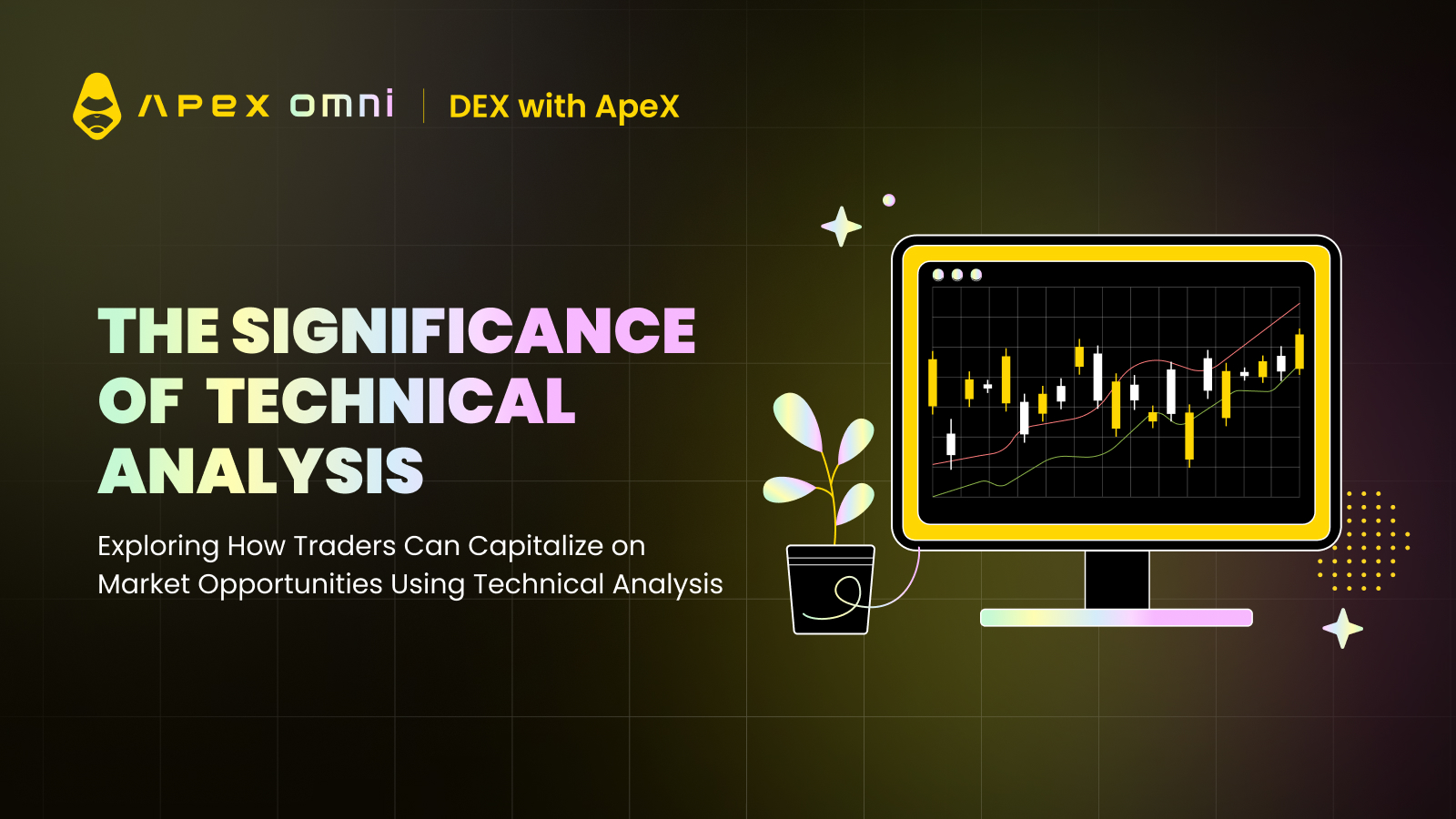In the fast-paced world of cryptocurrency trading, technical analysis has become an essential tool for traders looking to navigate volatile markets. This method helps determine the likelihood of price movements by analyzing historical data, identifying patterns, and spotting trends. By understanding past performance, traders can make informed predictions about future market behavior, enabling them to make strategic decisions with greater confidence.
Fundamentals of Technical Analysis
The core principle of technical analysis is that market movements are not random but are influenced by underlying conditions. Experienced traders have discovered that by studying historical price data, they can predict potential future trends with a reasonable degree of accuracy. This method is considered highly effective for forecasting price movements, helping traders identify risks and execute trades strategically. The belief in its effectiveness comes from the observation that price patterns often repeat over time, offering traders valuable insights into market behavior and emerging opportunities.
Implementing Technical Analysis
The toolkit of a technical analyst typically includes candlestick charts, volume analysis, and various indicators derived from analyzing price action. These tools provide a visual representation of market behavior, allowing traders to make informed decisions based on historical patterns and current market conditions.
In practice, technical traders focus on 2 primary variables when analyzing price charts.
The first variable is the identification of chart patterns on specific time frames, which allows traders to recognize recurring formations that may indicate future price movements.
The second variable involves the confirmation of trade ideas using specific indicators, which provide additional data points to support or refute the trader's analysis based on chart patterns.
The most commonly used method to visualize price movement in technical analysis is candlestick charts. This technique represents price action during a specified time period through individual candlesticks on a chart. Each candlestick provides a wealth of information, allowing traders to quickly assess opening and closing prices, as well as the highs and lows, for the given timeframe. This visual representation of price data enables traders to efficiently interpret market behavior and make informed decisions based on historical price movements.
Analyzing Trading Charts with Technical Indicators
To gain deeper insights into market behavior, traders employ various technical indicators. These can be classified into 4 main types: momentum, volume, volatility, and trend. Each type of indicator serves a specific purpose in identifying, measuring, or confirming characteristics of price performance.
1. Momentum/Oscillator Indicators
Momentum indicators measure the rate of change in an asset's price over a specified time period. They are particularly useful for identifying trend strength and potential reversals.
Popular examples include, Relative Strength Index (RSI), Stochastic Oscillator, Moving Average Convergence Divergence (MACD) and a Commodity Channel Index (CCI). These indicators help traders gauge whether an asset is overbought or oversold, potentially signaling upcoming trend changes.
2. Volume Indicators
Volume indicators analyze the trading volume of a cryptocurrency in a given period. They are instrumental in confirming trends and identifying potential trend reversals and breakouts. Some widely used volume indicators are On-Balance Volume (OBV) and Klinger Oscillator.
By correlating price movements with trading volume, these indicators provide insights into the strength of market trends.
3. Volatility Indicators
Volatility indicators measure the degree of price fluctuations over a specific period. They help traders identify potential trend reversals and market tops or bottoms, and are crucial for determining the level of risk in the market. Popular volatility indicators include Bollinger Bands and Average True Range (ATR). These tools are particularly useful in assessing market conditions and adjusting trading strategies accordingly.
4. Trend Indicators
Trend indicators are designed to determine a market trend's direction and assess its strength. They are invaluable for detecting the possibility of trend reversals. One of the most widely used trend indicators is Moving Averages — it smoothes out price data to create a single flowing line, making it easier to identify the overall direction of the market.
Understanding and effectively utilizing technical analysis can significantly impact your ability to capitalize on market opportunities and navigate the cryptocurrency landscape!
While technical analysis is a powerful tool, combining it with fundamental analysis and staying informed about market news and developments can provide a more comprehensive approach to your trades.
Stay tuned for more in-depth articles coming your way on ApeX Blog about specific technical indicators, and remember to always conduct thorough research, manage your risk carefully, and never invest more than you can afford to lose.
As always, happy trading!

